


Black gram is cultivated in the North Eastern Region of India in both summer and kharif seasons under rainfed conditions. It may be grown as a sole crop, mixed crop, catch crop or sequential crop.
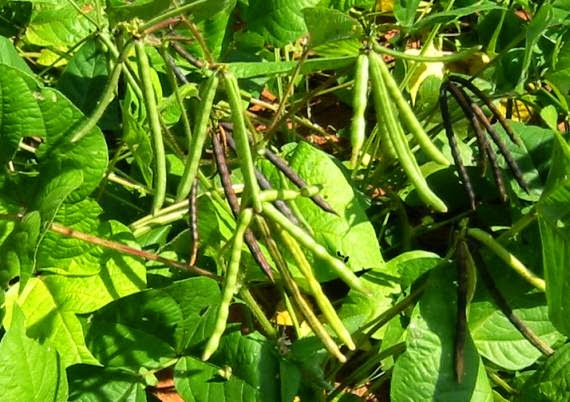

For every 30 grams of raw black gram there is 7.4 grams of protein, 100 calories and 3.5 grams of fiber. The fiber can make you feel satiated for longer hours, controls hunger pangs with a very limited calorie intake, thus aiding in losing weight

| Crop | Area (‘000 ha) | Production (in ton) | Productivity (kg/ha) |
|---|---|---|---|
| Blackgram | 58.956 | 39545 | 671 |
| Arhar | 6.052 | 5244 | 866 |
| Greengram | 13.553 | 10344 | 763 |
| Lentil | 27.312 | 22564 | 826 |
| Peas | 28.441 | 26800 | 942 |
| Gram (chickpea) | 2.568 | 1964 | 763 |
| Other pulses | 16.426 | 14126 | 860 |
| Total pulses | 153.308 | 120587 | 787 |

Black gram is a tropical crop which requires a hot and humid climate and is able to tolerate high temperatures. As such, these are short day plants; however, presently day-neutral varieties are also available for cultivation during the summer season. This crop is highly nutritious and contains a high proportion of digestible protein with many essential amino acids, minerals and vitamins.

Black gram can be grown on a wide range of soil, but sandy loam soil is preferable

| Varieties | Duration (days) | Grain Yield (q/ha) | Reaction to Diseases |
|---|---|---|---|
| KU 301 | 80-90 | 13-15 | Resistant to Cercospora leaf spot and YMV. Suitable for kharif season |
| Pant U 19 | 80-95 | 10-12 | Resistant to Cercospora leaf spot and YMV. Suitable for kharif & summer season |
| SB 121 (Saoniamah) | 70-80 | 10-12 | Selected from local material. Resistant to Mungbean YMV and Cercospora leaf spot. Recommended for Central Brahmaputra valley zone only. |
| Beki (SB 27-3) | 80-85 | 12-13 | Resistant to CLS, YMV and WB. Can be sown until 30 Sept. |
| Kolong (SB 25-19) | 80-85 | 12-13 | Resistant to CLS, YMV and WB. |
| Sonkush (SB 23-5) | 80-90 | 9-10 | Resistant to CLS, YMV and WB. Suitable for Kharif season under delayed sowing (till 30 Sept) |
| Manas (SB 32-13) | 80-90 | 10 | Resistant to CLS, YMV and WB. Suitable for all zones of Assam except BVZ |
| Shyamal (AAU SBC 40) | 75-85 | 12 | Resistant to CLS & YMV, moderately resistant to WB. Notified for kharif season. |
| Pabhoi (AAU SBC 47) | 75-80 | 14-16 | Resistant to CLS and YMV. Notified for kharif season. |
| PU-31 | 70-75 | 12-14 | Resistant to mungbean Yellow Mosaic Virus and Cercospora Leaf Spot. Suitable for Kharif in UBVZ, LBVZ, CBVZ, and NBPZ |
| WBU 109 (Sulata) | 70-75 | 10-12 | Resistant to MYMV. Suitable for kharif. |
| AAU SHL Urd 03 (SB 42-8) | 75-80 | 14-16 | Highly resistant to MYMV & CLS, moderately resistant to WB, Leaf roller, pod borer, and storage pests. |

The land is to be ploughed 2-3 times followed by leveling. The stubbles are to be removed. Surface drains should be provided to facilitate quick removal of excess water from the field.
Seeds are inoculated with Rhizobium culture @ 50 g/kg of seeds. However, detailed instructions are available in each packet of the culture. Also inoculate seeds with PSB @ 50 g/kg seed along with Rhizobium.
22.5 kg/ha or 3 kg/bigha
Requisite amount of lime is to be applied after soil test in order to bring the soil pH around 6.0.
Compost or FYM @ 1 t/ha or 1.3 q/bigha should be applied

Warm weather conditions followed by light rains and dry spells are favorable for the multiplication of Helicoverpa.
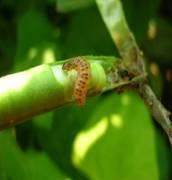
Aphids are a widely distributed pest of beans and usually attack beans grown at low altitudes.
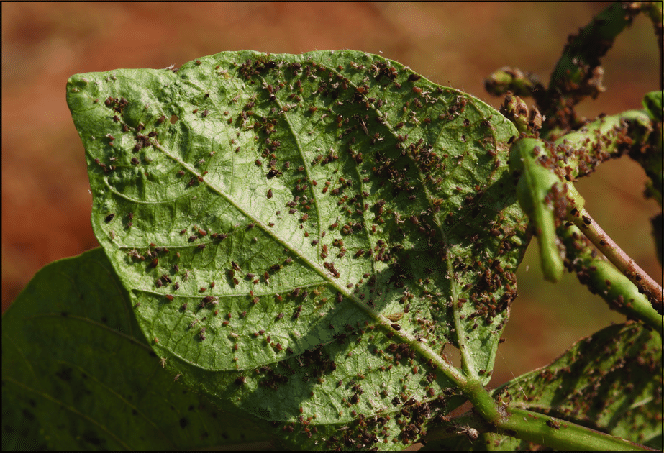
Moist weather, splattering rains, high humidity, or persistent dew favor the disease.
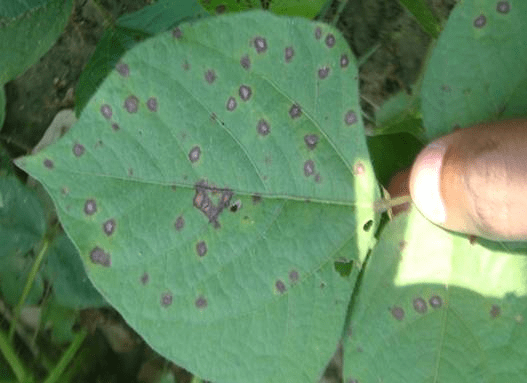
The disease is transmitted by whiteflies and is more active in warm summer conditions.
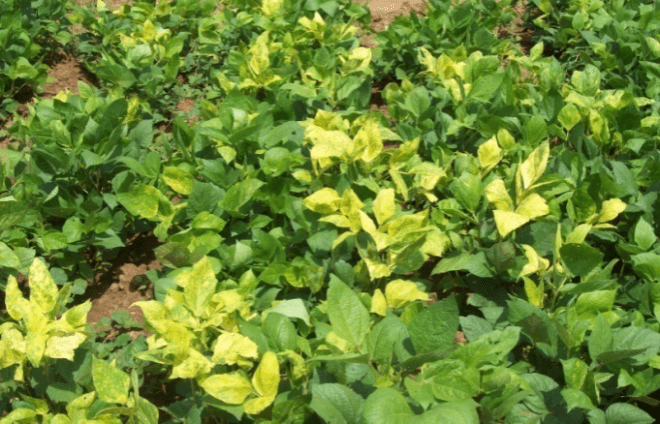
Moderate to high moisture conditions, contaminated seeds, susceptible varieties, lack of crop rotation.
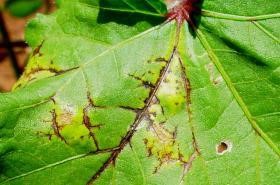

Harvesting is to be started when 75% of the pods mature, indicating full darkish color and becoming brittle with slight pressure.
At 15-18% initial moisture content, black gram can be stored for 10 weeks at 30°C. However, if the initial moisture content can be reduced to as low as 9%, it can be stored for 42 weeks at 20°C.
Jorhat, PIN - 785013 Assam